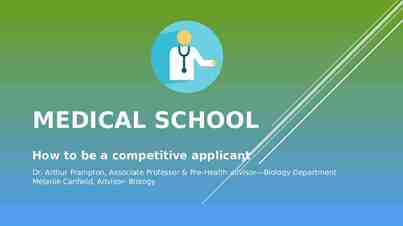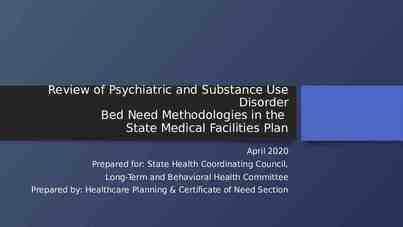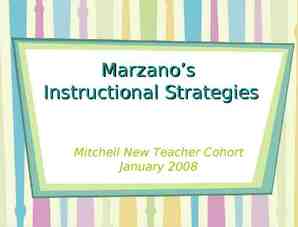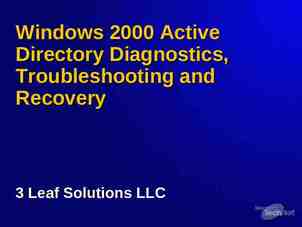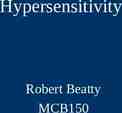Software Testing Life Cycle (STLC)
9 Slides63.53 KB

Software Testing Life Cycle (STLC)

STLC with QA Software Testing Life Cycle is a sequence of activities conducted during testing process to ensure software quality goals are met. There are 6 major phases in STLC model: OF Require PROCESS ment Test STLCAnalysis MODEL Planning Test Case Develop Environm ment ent Test Setup Executio n Test Closure

Requirement Analysis QA interacts with various stakeholders like Client, Business Analyst, System Analyst, Technical Lead/ Development Manager to understand the requirements in detail to develop the project. During this phase the QA takes an important decisions like what are the testing types & techniques to be performed, feasibility for automation testing implementation, etc.

Test Planning It is a document which contains the plan related to all testing activities which needs to be done to deliver a quality product. Senior QA Manager determines test plan strategy along with efforts and cost estimates for the project. The focus of the is to describe: What to test Resourc es What cannot be tested Test duration Tools used for Risks testing and continge ncies planning

Test Case Development Testing team write down all test cases. Prepare test data. Test cases are reviewed by peer members or QA lead. Requirement Traceability Matrix is prepared. The RTM is an industry accepted format for tracking requirements where each test cases is mapped with the requirements using tis RTM. We can track backward and forward traceability. OOB thinking.

Test Environment Setup Decides the software and hardware conditions under which a work product is tested. It can be done in parallel with test case development phase. Generic thing may not repeat for every story. Needs to be discussed in sprint grooming. We can have multiple QA server.

Test Execution The testers will carry out the testing based on the test plans and the test cases prepared. Bugs are reported to the development team. The development team resolves the bugs and the system is retested to ensure that it is bug free and ready to go live.

Test Closure Activities Test closure activities are done mostly after the product is delivered Test closure activities mainly comprise of four types: Ensure Test Completion Handover Test Artifacts Project Retrospectives Archive Test Work Products

THANK YOU

